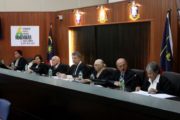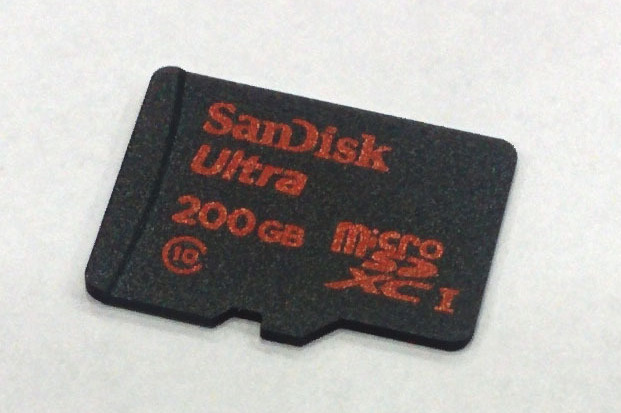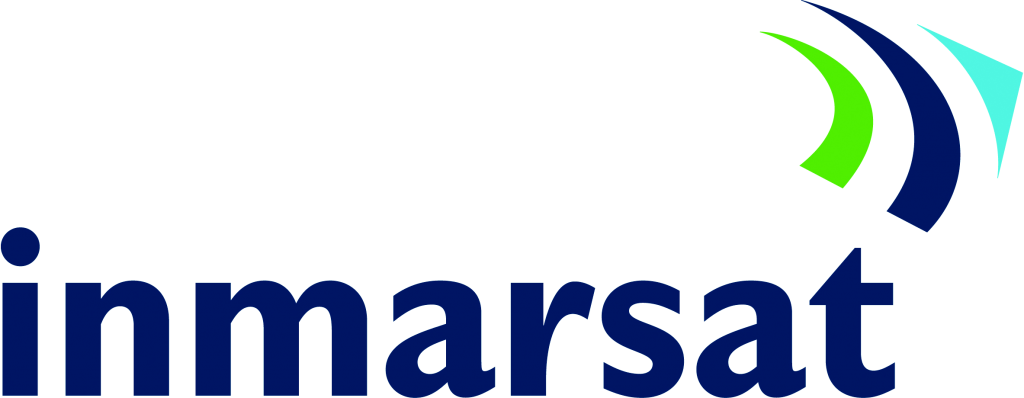 Boeing successfully completed the software Preliminary Design Review (PDR) for its Commercial Crew Development (CCDev-2) initiative on May 18. CCDev-2 is part of NASA’s Space Act Agreement.
Boeing successfully completed the software Preliminary Design Review (PDR) for its Commercial Crew Development (CCDev-2) initiative on May 18. CCDev-2 is part of NASA’s Space Act Agreement.
Software competency is essential to all operational aspects of Boeing’s Crew Space Transportation (CST)-100 spacecraft, including launch, orbital maneuvering, docking with and separating from the International Space Station, re-entry and landing. The PDR team analyzed the system’s flight software, including details regarding safety, testing, overall redundancy management, avionics hardware and ground systems.
“The review, conducted with Boeing management along with independent Boeing and NASA reviewers, effectively demonstrated a software design that meets NASA safety requirements as well as all system-level requirements within cost and schedule constraints,” said John Mulholland, vice president and general manager, Boeing Commercial Programs. “The completion of the software PDR sets the stage for us to finalize a mature system that is capable of providing safe, reliable crewed access to the International Space Station.”
By following a rigorous design process that integrates NASA Human Rating requirements as well as CST-100 system-level requirements, Boeing is reducing the risk of potential future certification noncompliance and rework that could impact safety, cost and schedule.
“On a fixed-price program such as this, detailed planning and innovative teamwork yield better odds toward successful and affordable operations,” said Orlando Rodriguez, Avionics & Software Integrated Product Team manager for Boeing.
With the successful completion of the software PDR, Boeing has concluded 45 CCDev-1 and CCDev-2 milestones to date, including the CST-100 vehicle design Preliminary Design Review in February. The team is on schedule to complete remaining CCDev-2 milestones in the next few months, including a propellant tank demonstration test and an orbital maneuvering/attitude control engine hot fire test that will provide additional data on significant elements of the spacecraft design.
The CST-100 is a reusable spacecraft that uses a demonstrated capsule architecture, as well as proven materials and subsystem technologies. The CST-100 can transport up to seven astronauts, or a combination of astronauts and cargo. Boeing has designed the spacecraft to be compatible with a variety of expendable rockets. The company has selected the United Launch Alliance Atlas V launch vehicle for initial CST-100 test flights in 2015-2016.
Source : Boeing






































